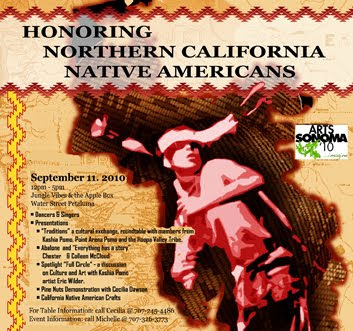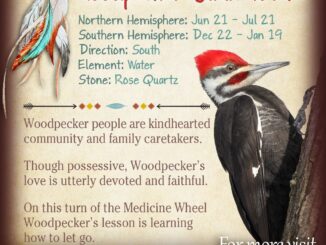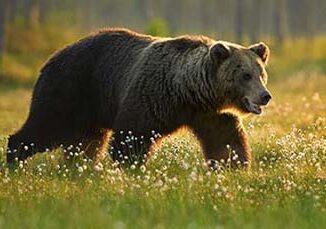
Sonoma County, also known as the wine country, and its total of approximately 1,800 square miles was officially founded in 1850. However, the area’s scenic beauty, rich soil, hospitable year-round climate and easy access to ocean and river fishing as well as plentiful hunting grounds attracted inhabitants for many centuries. The Pomo, the Coast Miwok, the Patwin and the Wappo Indian tribes were its earliest known and documented inhabitants dating as far back as 8,000 BC. And these early Native American Indian tribes who enjoyed their prosperous lives in peace and harmony until European settlers, most specifically the Spaniards, arrived in the 19th century.
The Pomo Indians …
The Pomo Indians were actually comprised of seventy smaller tribes each with its own language and distinct territory within the region. What quite literally wove them all together was their art – the art of basket weaving practiced by both men and women. Everything about their life styles, their cultures and their livelihoods were directly connected to their baskets and revolved around their crafting. The seventy basket making tribes of the Pomo Indians all utilized similar materials, used the same techniques and derived at shapes which were quite alike.
The Pomo Indians were invaded in the 18th century by brutal Russian fur-traders and, with the discovery of gold in 1848, by Americans. Their population was greatly reduced by murderous massacres, forced and debilitating labor as well as the white man’s diseases. Due to the American Indian Reservations and Trust Areas of 1996, today’s Pomo Indians acquired a federally protected reservation.
The Coast Miwok Indians …
The Coast Miwok Indians made the region that we now call Sonoma County home for over five thousand years until they were captured and forced into slave labor by early Spanish colonists at the close of the 18th century.
From the 600 villages uncovered in the area, archeologists learned that the Coast Miwok had an extraordinarily abounding and intricate culture that included hunting for large game and birds, fishing, gathering of acorns and processing them, making baskets and beads, as well as ritualistic ceremonies that incorporated dancing and music. The language of the Coast Miwok Indians was unusually elaborate and extremely complicated.
The Patwin Indians …
The Patwin Indians are one of five other tribes (the Ululatos, the Libaytos, the Malacas, the Tolenas and the Suisunes) within the larger Wintum group who lived in the Sonoma Valley area for approximately four thousand years until they too were brutalized by the invading Spaniards in the 1800s.
The Patwin Indians are best characterized as keepers and tellers of local myths, far-reaching legends, tall tales and oral histories of their own families and the community at large. The Patwins strongly believed that their spiritual leaders, the shamans, were able to speak with the dead and heal the ailing.
The Wappo Indians …
The Wappo Indians inhabited the general territory that is now Sonoma County and sustained their livelihood and rich traditions by hunting and gathering off the abundance provided by the land, and their beautifully crafted baskets were constructed so well that they could hold water indefinitely.
The entire Wappo nation was forcefully baptized and absorbed into the various local Spanish missions.
Unless otherwise stated, PONIREVO and/or its licensors DO NOT own any intellectual property rights in the website and material on the website. Majority of the site’s content has been scraped and auto posted by a third party artificial intelligence program —– PONIREVO Creation Team.
Proudly WWW.PONIREVO.COM



